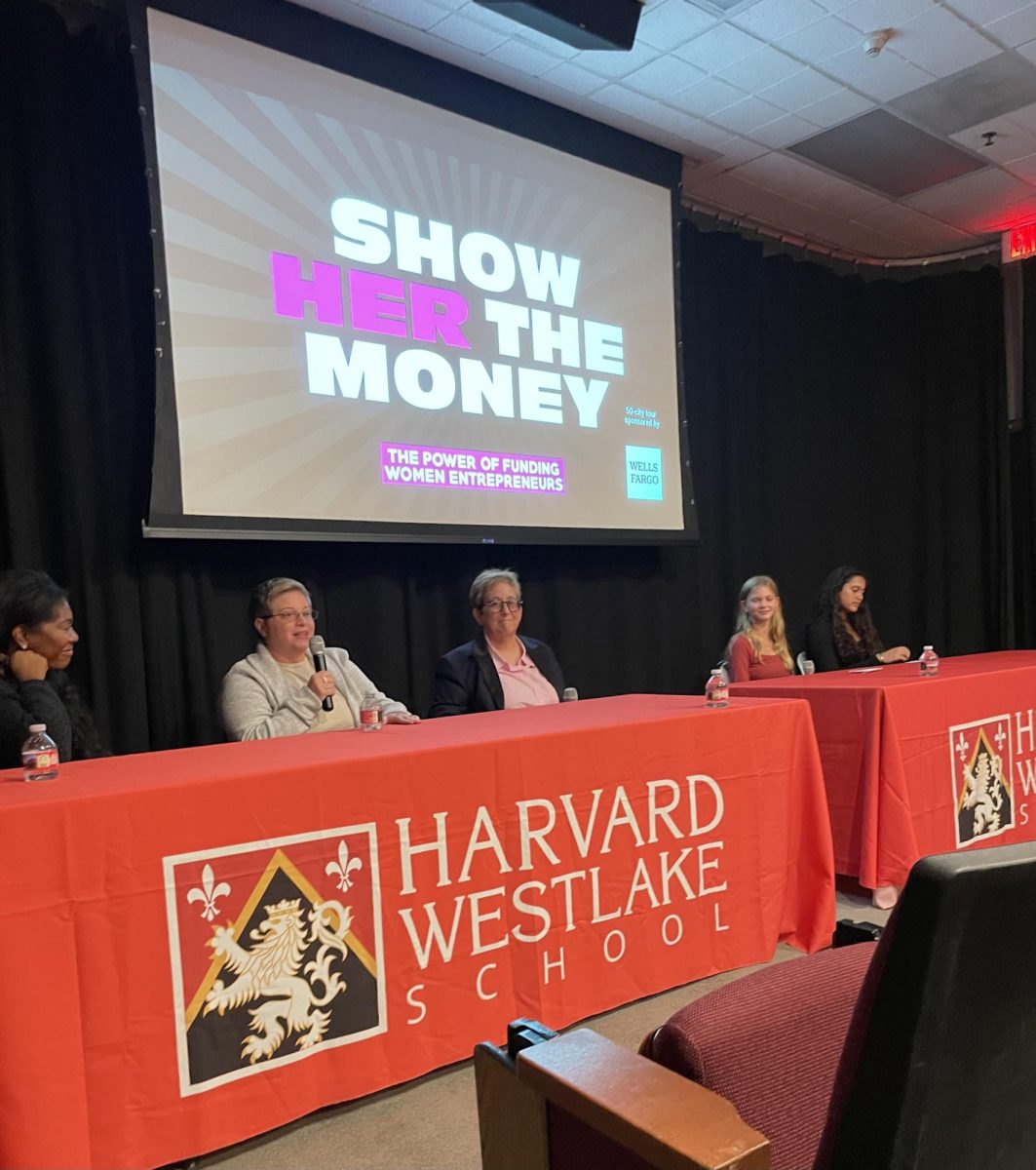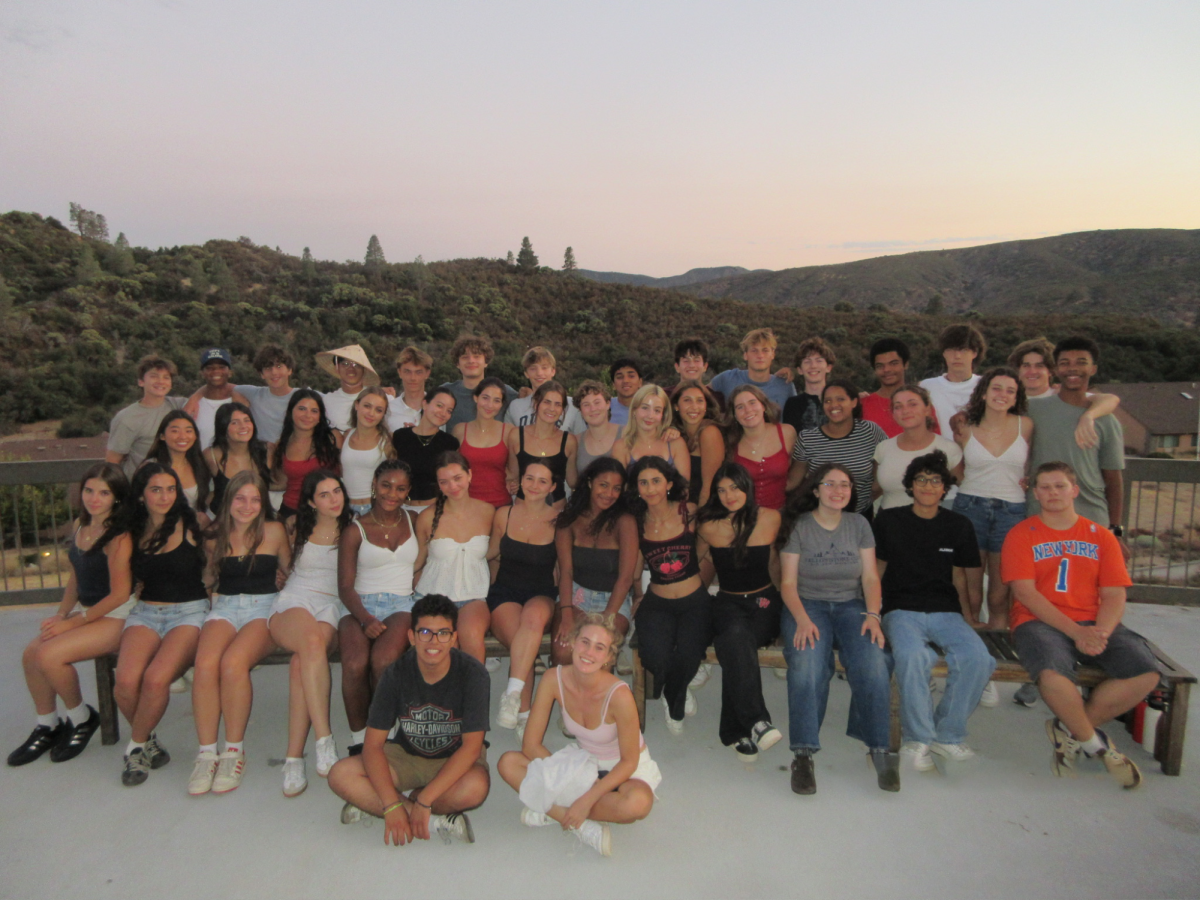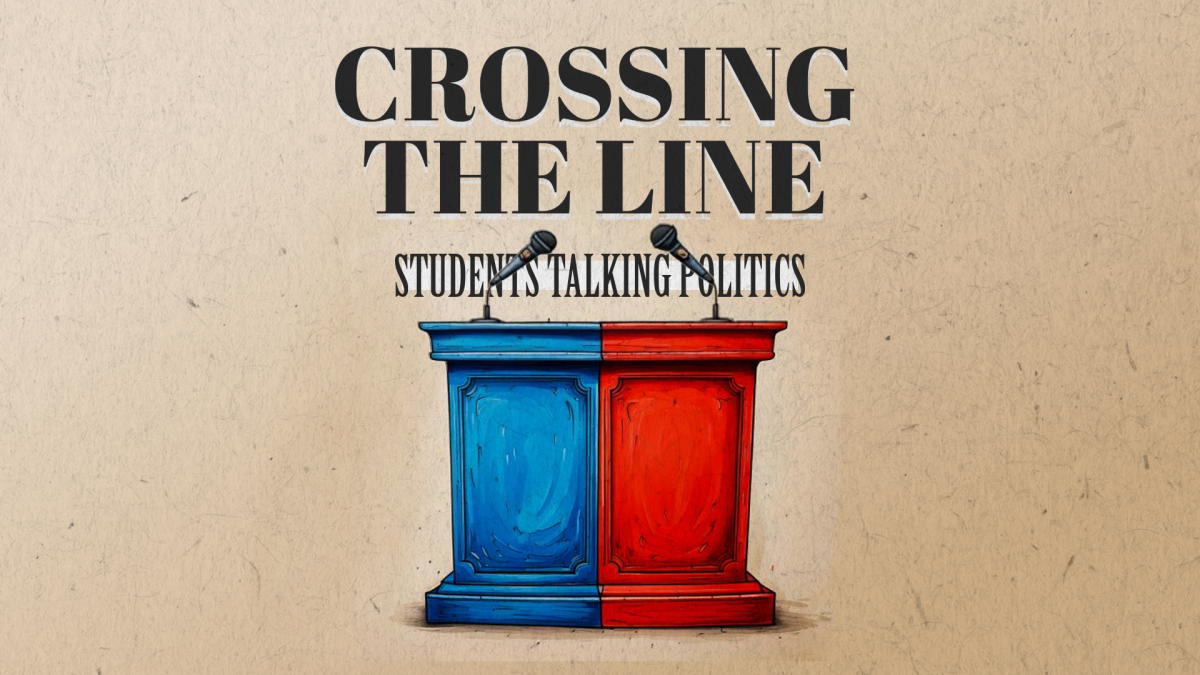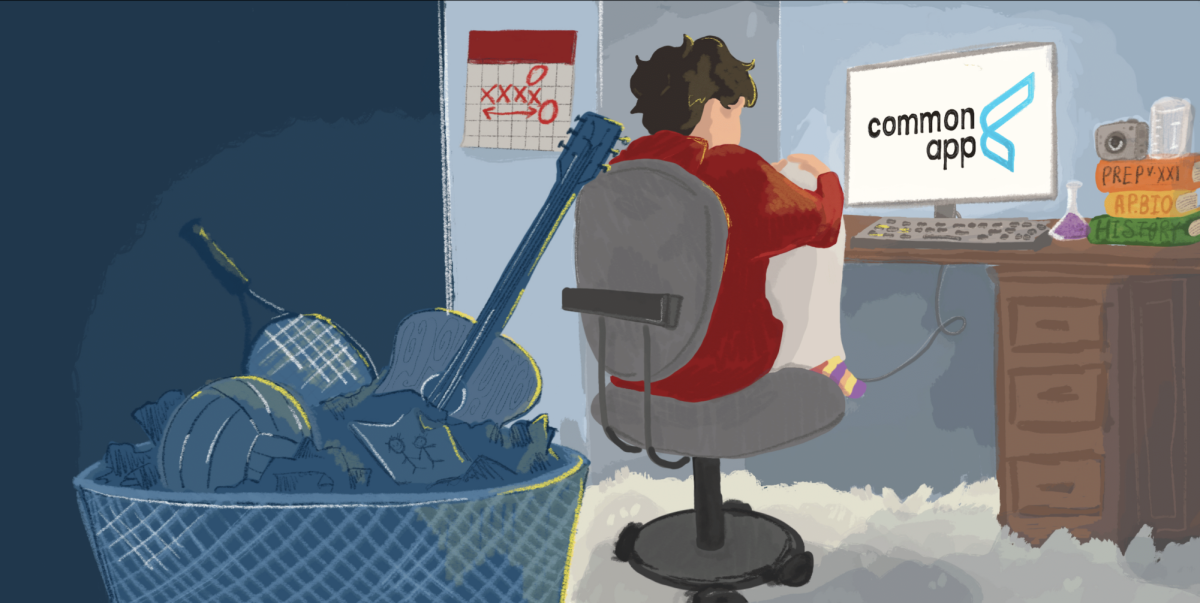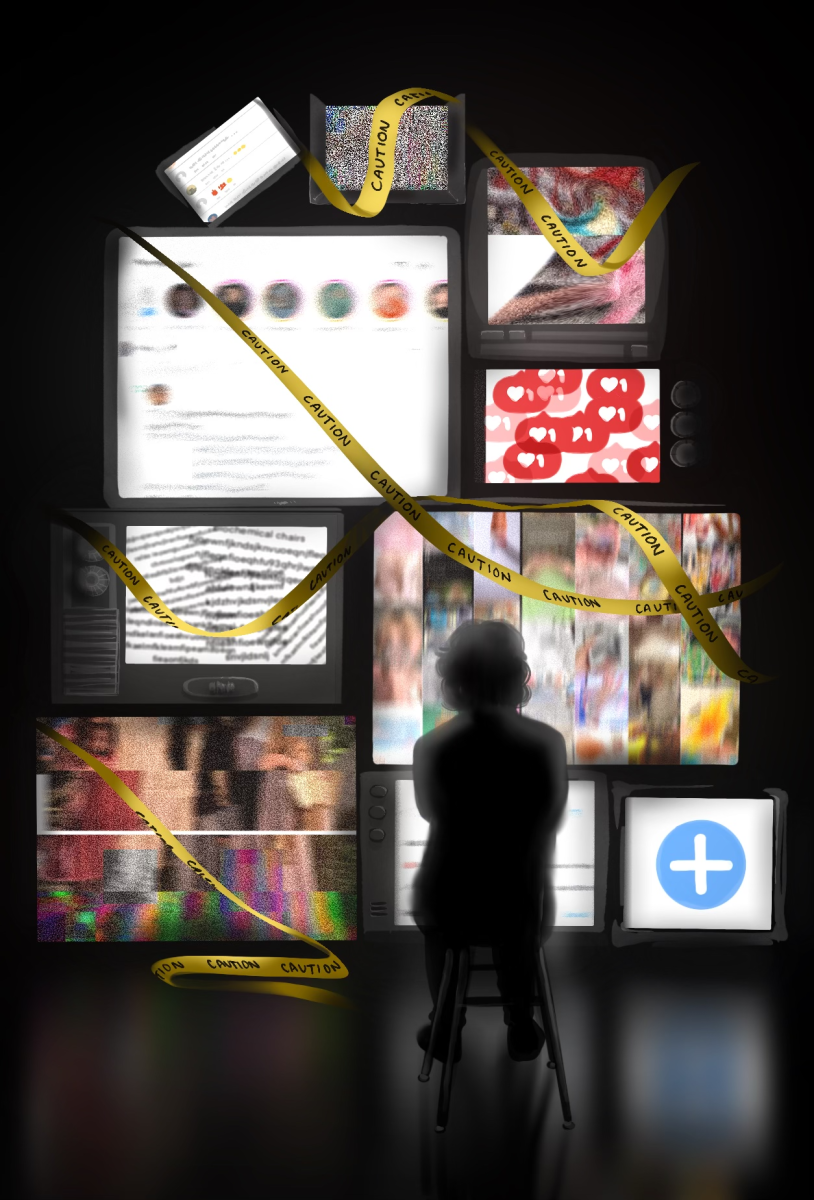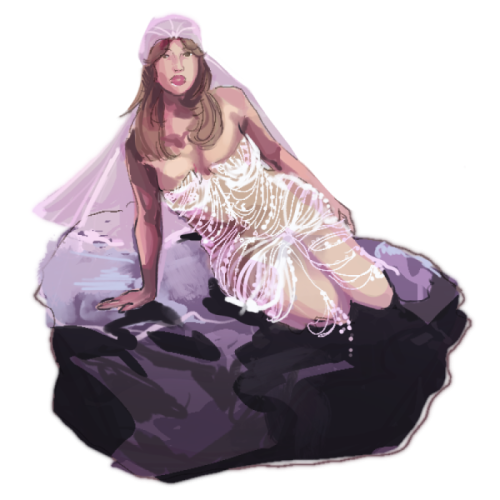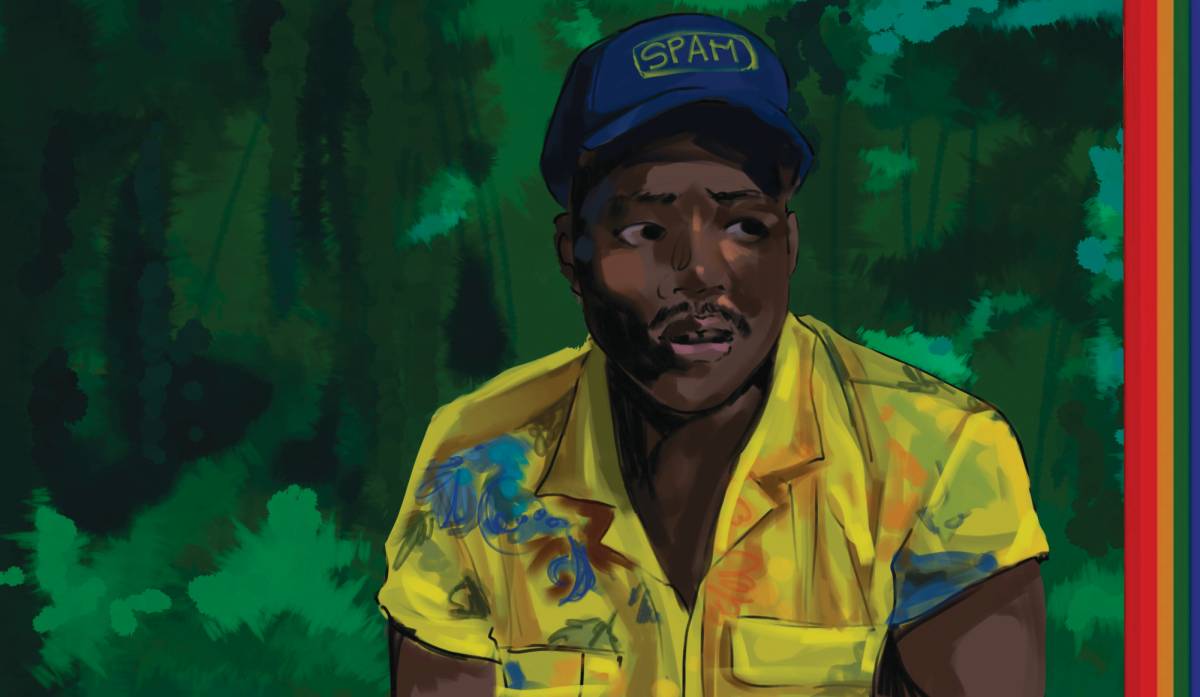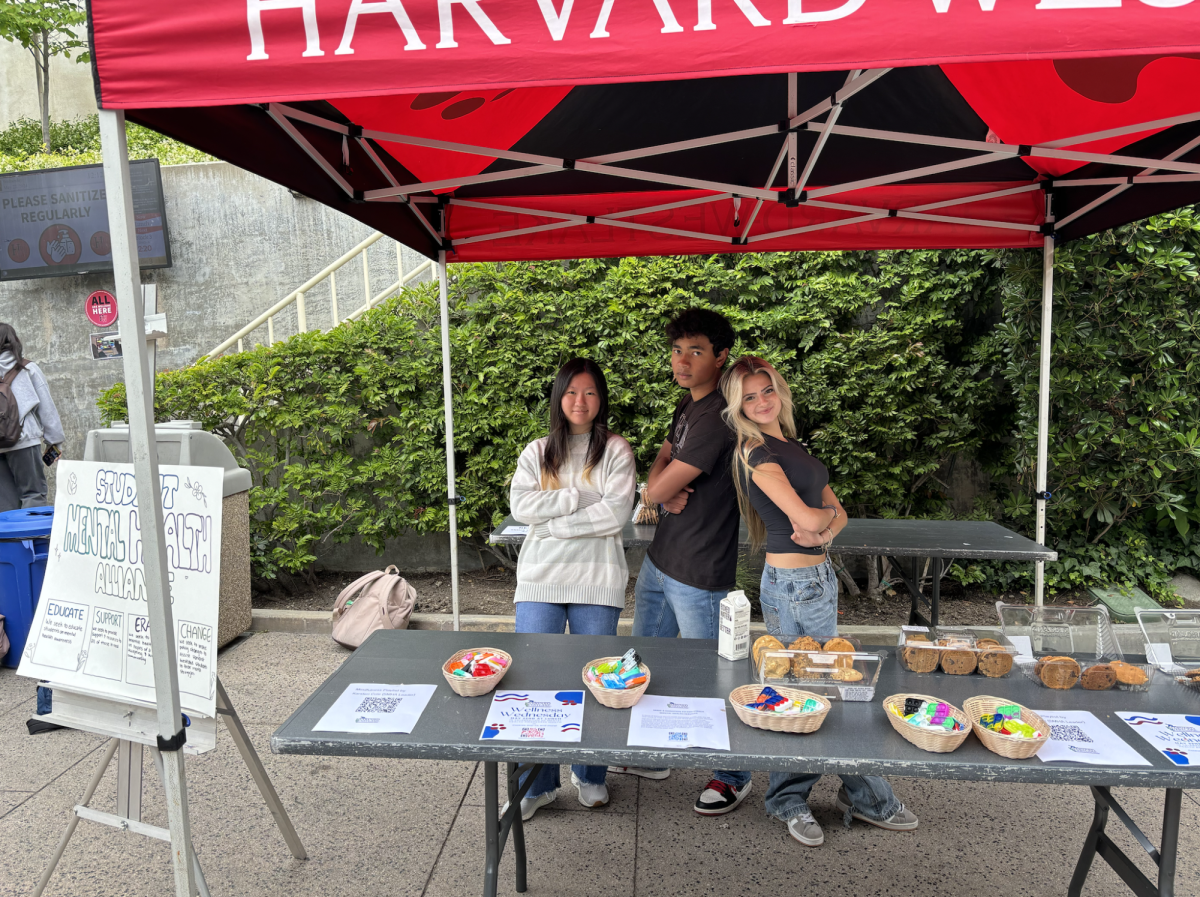While stuck in a wheelchair after a swimming accident two summers ago, Dora Palmer ’15 entertained herself by sitting on her porch and drawing the people who walked by.
After encouragement from her mother, she began sketching some of her favorite celebrities and fictional characters for practice.
Soon, this way to pass time became a habit for Palmer, who now works on her fan art regularly, sometimes even staying up all night on the weekends to finish a piece. She posts a lot of her art either on her Tumblr blog or on a Facebook page called “Dora Palmer Artwork.”
In addition to making art depicting celebrities and fictional characters for fun, Palmer also sells some of her art. Palmer said that she typically charges around $50 for commission pieces, depending on the medium she does the portrait in, but charges extra if someone wants to be in the portrait with a celebrity of their choosing. Palmer said that she most frequently is asked to do portraits of Tom Hiddleston, who plays Loki in “The Avengers” and Benedict Cumberbatch from the television show “Sherlock.”
Palmer also sells her art to a store where she works called Whimsic Alley. Palmer said that Whimsic Alley typically buys her paintings at its “Craft Faire” for around $20 and then sells them at a higher price.
Palmer said that making fan art has really helped her improve her artistic skills in general.
“Since I sold to [Whimsic Alley] for the first time, I’ve gotten plenty of requests for different painting mediums that I’ve never worked with before,” Palmer said. “I never promise the client that I can do the piece perfectly, but I always try because I love using new mediums. If it weren’t for the people who buy from me, I’d still be a sharpie artist.”
While Palmer said that she has not made any friends specifically from making fan art, she has made friends from being active in fandom, or communities of fans. She made some of her best friends from referencing a running joke in a musical while in line for a show once, she said.
Unlike Palmer, Jazmin Piche ’15 actually became involved in fandom because of her friends. Piche began wearing costumes based on fictional characters, an activity known as cosplaying, after attending an anime convention with one of her friends.
Now, Piche cosplays whenever she goes to a convention, and is currently working on a couple’s costume set based on the Pixar short film “The Balloon,” with her boyfriend Tom Thorne ’14, which she plans for them to wear at a convention later this year.
When creating her costumes, Piche buys items in thrift shops and alters them to match the character if she needs to. She said that many cosplayers make costumes that are much more elaborate, but that she tries to keep hers simple.
“Some people wear swords and armor,” Piche said, “I don’t because it takes a lot of dedication and time, and actually quite a lot of money.”
Asuna* ’14 has been cosplaying at anime conventions for five years. Like Piche, Asuna typically buys her costumes from Goodwill instead of making them, but does enjoy making accessories. One year, she took eight hours to make a five-foot long scythe for a costume out of some PVC pipe.
“It’s really fun to spend days crafting the costume and bringing the character to life,” Asuna said.
Torrey* ’15 found characters she identifies with for the first time from reading fanfiction. In fact, Torrey began writing fanfiction because she felt a strong connection to a character in the show “Pretty Little Liars” named Emily, after Emily’s girlfriend Maya died.
“That kind of heartbreak where you can’t even have any fun without any type of intoxication, that kind of heartbreak I can understand,” Torrey said.
To Torrey, writing fanfiction is empowering because it gives her the chance to fix the fate of a character she feels has been wronged in the canon, the official plot of a series.
“[The canon] is only one version of the story; here’s my version, and it’s beautiful,” Torrey said. “The beauty of fanfiction is that there are so many good ideas out there that haven’t been explored and every single one of them gets a chance.”
Ojas Parashar ’14 has also written his own fanfiction, in addition to reading fanfiction online every day.
Parashar spent months writing what he found to be his most successful piece of fiction: a re-telling of the Japanese anime Naruto, where the protagonist runs away and plans the demise of his village after being verbally abused by its inhabitants instead of staying, as he does in the canon. The story is 120,000 words long (in comparison the first “Harry Potter” book is around 65,000 words long), and has around a thousand reviews on the website where he posted it, fanfiction.net.
Parashar said that writing fanfiction helped his writing skills, and that the typical method of writing fanfiction is conducive to such improvement.
“When you’re writing a book, you write it and publish it, and you don’t get any feedback from the larger audience,” Parashar said. “In fanfic I write a chapter, get some feedback, see what I need to improve on and try to work on it.”
While Parashar says he has improved his writing from writing fanfiction, he said that that is not the reason why he writes it.
“I began writing because I was very frustrated with the canon,” Parashar said.
While Parashar is an avid reader of fanfiction, he said that almost all fanfiction is “crap.”
Torrey, however, finds this statement to be offensive to many writers, and her view is that high-quality fanfiction does exist if one only looks for it.
“Sure, there’s a lot of not-so-quality writing, but it’s because these are people who are stretching their writing wings,” Torrey said. “If you’re writing you have to start somewhere. If you think it’s all crap, you’re looking in the wrong place for the wrong thing.”
While none of these students said they felt ashamed of their fan art or writing, almost all of them said that there was a stigma attached to such fan work.
“I think [fandom is] defined by the extremists,” Palmer said. “I think a lot of people will go out of their way to make their life all about this one person, but it’s just something you’re passionate about like a sport or a hobby. Just because you audition for a play doesn’t mean you’re completely obsessed with the play, it’s just something you do.”
Asuna thinks that the stigma exists because people don’t know a lot about the fan culture. For example, she has friends who thought cosplaying was weird, but after trying it enjoyed it. However, Asuna is not comfortable with the world at large knowing that she cosplays.
“I feel like everyone is really judged for cosplay,” Asuna said. “People always think it’s a weird freak thing to do.”
“People don’t really see this as something to do,” Torrey said. “I feel starved of the opportunity to share it with people. It’s a creative process people don’t know they should respect.”
*Names have been changed

